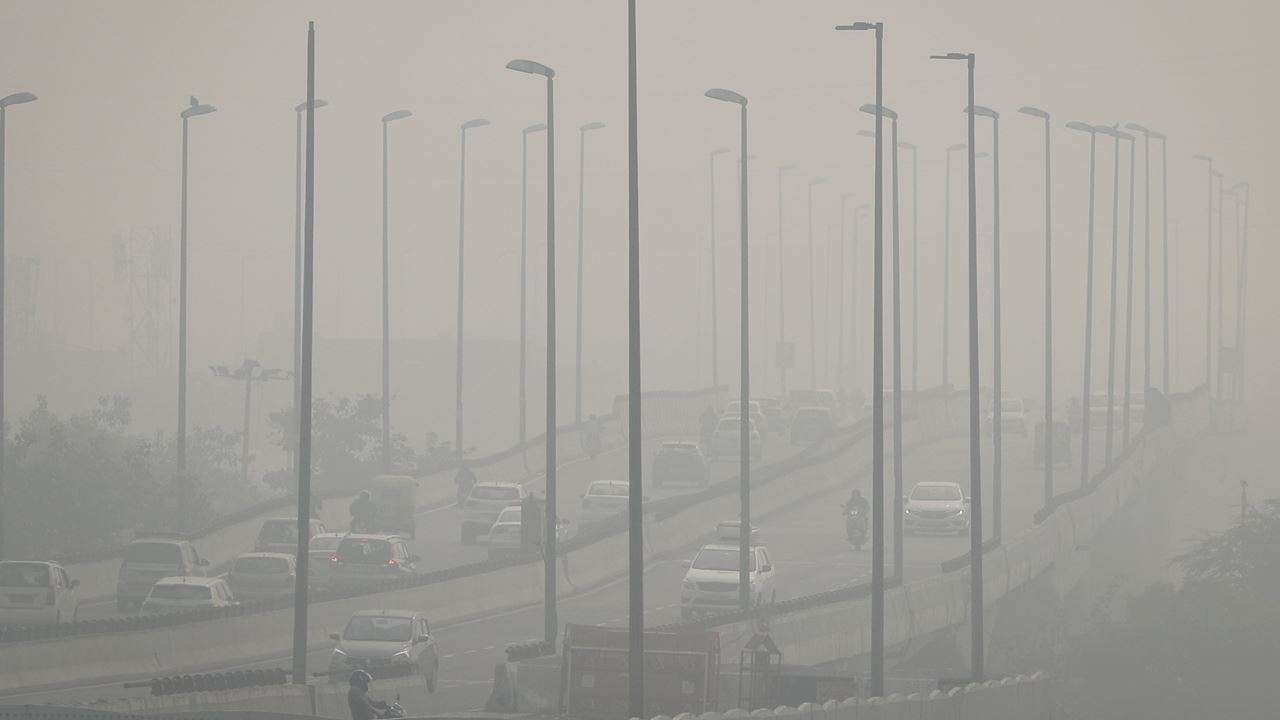The average PM2.5 pollution in Delhi in the winter season has declined by about 20 per cent as compared to the pre-pandemic period, according to a new report released by the Centre for Science and Environment (CSE) on Thursday.
The assessment captured seven successive winters and pre-winter trends, starting from January 1, 2015 in Delhi and the National Capital Region (NCR). It is based on real time data available from the 81 operational air quality monitoring stations in the region.
The PM2.5 concentration for winter (October 1 to February 28) used to hover around 180-190 microgram per cubic metre before the pandemic. It has come down to 150-160 microgram per cubic metre since then, the report said.
Anumita Roychowdhury, executive director of research and advocacy at the CSE, said the objective of the report is to understand the trend and ”the starting line of the onset of the winter pollution season or pre-winter levels in this region”.
The seasonal average is still over 150 per cent above the 24-hour standard (60 microgram per cubic metre) and almost four times the annual standard (40 microgram per cubic metre) despite the improvement, the green thinktank noted.
It said peak pollution showed a similar trend as the seasonal average.
”Peak pollution (worst 24-hour average) used to cross 800 microgram per cubic metre at individual stations pre-pandemic. It has been hovering in the 700-800 microgram per cubic metre range during the last three winters,” the report said.
The CSE, however, said the peak pollution numbers did not project the actual level as the Central Pollution Control Board (CPCB) had capped it at 1,000 microgram per cubic metre in 2016-17, greatly compromising the assessment of peak pollution level.
Researchers said the winter of 2021-22 was less polluted as compared to 2020-21 for most NCR cities.
Ghaziabad registered a 30 per cent improvement, the highest among all major cities, but its PM2.5 level was still about 2.5 times the 24-hour standard, they said.
”Greater Noida (28 per cent), Noida (23 per cent) and Faridabad (16 per cent) also registered improvement in excess of Delhi (12 per cent),” the report said.
Gurugram, with 11 per cent improvement, was the worst performer among the core NCR cities.
In absolute concentration terms, Faridabad, with an average of 159 microgram per cubic metre, was the most polluted city of the NCR last winter.
The report also highlighted that a different station in Delhi recorded peak pollution every winter over the last years.
”Shadipur, DTU, CRRI Mathura Road, JLN Stadium, Alipur, ITO and Rohini have occupied the worst peak pollution title in the last seven winters. These are spread across the city with no clear pattern. This indicates that the winter pollution is regional in nature and short-term peak build-up can happen anywhere based on local meteorology and pollution sources,” the report read.

















